Book Appointment
Kindly fill in your details in form below and we will reach out to you to confirm appointment.
Contact Info
Glenmark Cardiac Centre
Flat No.101& 102, First Floor, Swami Krupa CHS,
D L Vaidya Road Opp. Swami Samarth Math & Dhanwantari Hospital, Behind Shivsena Bhavan,
Dadar West, Mumbai, Maharashtra 400028- +91 9820 838 477
022 – 24335055/56/57/59
Holy Family Hospital
St. Andrews Road, Bandra (West)022 – 62670419
Asian Heart Institute
G / N Block, Bandra Kurla Complex, Bandra (E), Mumbai 400 051022-66986538 / 39
Emergency 24/7
+91 932 450 1375
Holy Family Hospital (Bandra)
Private Consultation
Monday 6:00 PM to 7:00 PM
Friday 6:00 PM to 7:00 PM
General Consultation
Monday 8:00 AM to 10:00 AM
Thursday 8:00 AM to 12:00 PM
Tel: 022 6267037
Asian Heart Institute
Tuesday 12:00 PM to 2:00 PM
Saturday 12:00 PM to 2:00 PM
Mahavir Hospital (Khar)
Wednesday 10:30 AM to 11:30 AM
Saturday 10:30 AM to 11:30 AM
Tel: 022 226040676
J.N Wadia Dispensary (Mahim)
By Appointment only
Tel: 8828871981
Glenmark Cardiac Centre
Monday to Friday: 4:00 PM to 6:00 PM
Saturday 2:00 PM to 3:00 PM
Mob: 9820838477
Tel: 022 – 24335055/56/57/59
Frequently asked questions
Below we have answered some of the most frequently asked questions:

